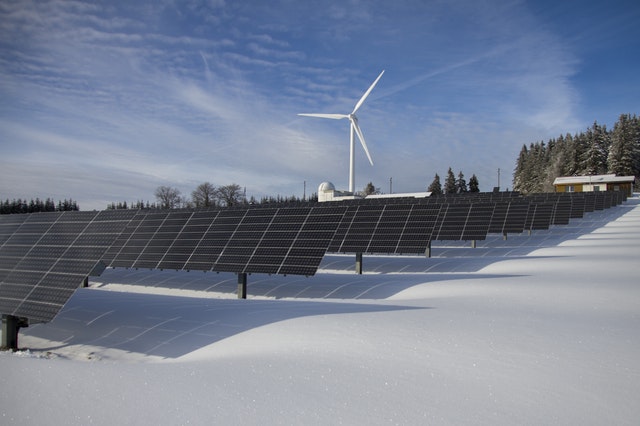Long-Distance House Hunting Tips
 It pays to start with a solid strategy when you have to house hunt from afar.
It pays to start with a solid strategy when you have to house hunt from afar.
Hunting for a house is stressful enough even if you are moving to another part of town. However, when you are searching for a house from afar, it can make the task of finding the right home for your needs seem almost impossible.
Fortunately, in today’s high-tech world, you have an array of tools available right at your fingertips that can make it easy to find the perfect house for your needs. So, even if you are looking for a home thousands of miles away, you can do so quickly and with minimal fuss.
Partner With The Right Real Estate Agent
The first thing that you should do when looking for a house in an area that you are unfamiliar with is to find a local agent. Find someone who has the expertise of the local market and buying process. The information that you garner from choosing a local agent can be invaluable. They know the market intimately.
Additionally, a local agent knows the community as they likely live there as well. They know which schools and neighborhoods are best. They can get to know what you are looking for in an area and help you find the right community for your particular needs. They might also have information on local gems that are not yet showing up on online listings.
Do Your Research
After you find a home or two that you are interested in, thoroughly research the area. Search for information about local schools, churches, shopping centers and more. You want to make sure that the neighborhood will meet your needs. Research crime rates in the area.
Also, determine how long your commute from work to home will be each day. Even if you don’t have children, research local school rankings. The rating and quality of local schools is paramount when it comes to the resale value of your home.
Visit In Person
There is just no amount of research that can substitute for an in-person visit to a potential home. If you are planning to hunt for a house from a distance, be prepared for the travel. Make sure that you have the money and time to visit. It is best to prepare for longer house-hunting trips so that you can take your time when walking through each showing.
Also, make it a point to pay a visit to local restaurants, parks, and businesses to get a feel for the local community.
Whether you are buying local or at a distance, one of the most important things to do first is to get a pre-approval in order. Contact your trusted mortgage professional today to get the ball rolling.

 Multi-generational households and the growing preference on the part of many retirees toward “aging in place”have altered home design in recent years. Interiors are more open, more functional and more adaptable that they were even a decade ago. Spaces tend to be less formal; living space is better integrated with work space like the kitchen, and rooms tend to serve more than once purpose, both for quiet pursuits and for family gatherings.
Multi-generational households and the growing preference on the part of many retirees toward “aging in place”have altered home design in recent years. Interiors are more open, more functional and more adaptable that they were even a decade ago. Spaces tend to be less formal; living space is better integrated with work space like the kitchen, and rooms tend to serve more than once purpose, both for quiet pursuits and for family gatherings. Is it worth it to add smart appliances or automated features if you’re selling a home? Just how much connectivity do buyers want? And what exactly do the terms refer to in terms of home updates.
Is it worth it to add smart appliances or automated features if you’re selling a home? Just how much connectivity do buyers want? And what exactly do the terms refer to in terms of home updates. When you are a homeowner looking to reduce your carbon footprint, there are a number of steps you can take to make your home earth-friendly. From passive solar heating to solar panels, you can make a difference in the impact your home has on the environment.
When you are a homeowner looking to reduce your carbon footprint, there are a number of steps you can take to make your home earth-friendly. From passive solar heating to solar panels, you can make a difference in the impact your home has on the environment. If your financial situation is limited, yet you’re handy with a hammer and nails, then purchasing a fixer-upper home can be an attractive option. Fixer-uppers typically require a bevy of updates and repairs to bring the home up to current market conditions.
If your financial situation is limited, yet you’re handy with a hammer and nails, then purchasing a fixer-upper home can be an attractive option. Fixer-uppers typically require a bevy of updates and repairs to bring the home up to current market conditions.